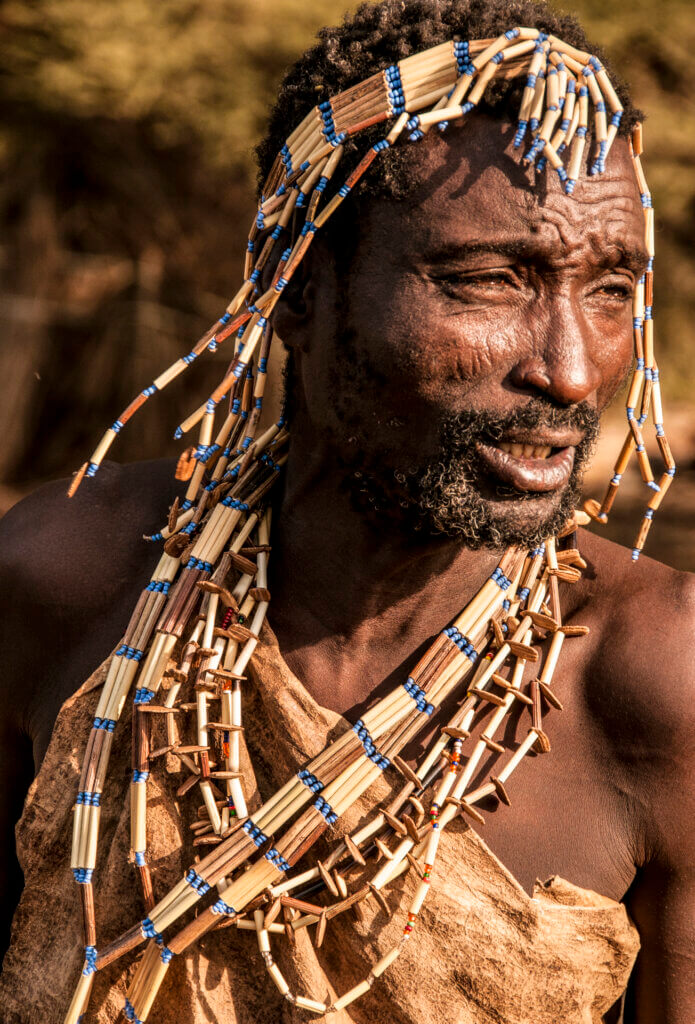
FOLLOWING THE HONEYBIRD
Hadza Hunter-Gatherers
The Hadza are one of only three hunter-gatherer groups left in Africa. For more than one thousand years, they have inhabited the broad plains encompassing the shallow, salty basin of Lake Eyasi in the shadow of the Great Rift Valley escarpment, believing that they are its original inhabitants. Today, numbering fewer than eight hundred, the Hadza have survived using the same methods employed by the earliest human societies. Genetic testing indicates that they may represent one of the oldest roots of the human family tree.
More...
FOLLOWING THE HONEYBIRD
Hadza Hunter-Gatherers
The Hadza are one of only three hunter-gatherer groups left in Africa. For more than one thousand years, they have inhabited the broad plains encompassing the shallow, salty basin of Lake Eyasi in the shadow of the Great Rift Valley escarpment, believing that they are its original inhabitants. Today, numbering fewer than eight hundred, the Hadza have survived using the same methods employed by the earliest human societies. Genetic testing indicates that they may represent one of the oldest roots of the human family tree.
More...